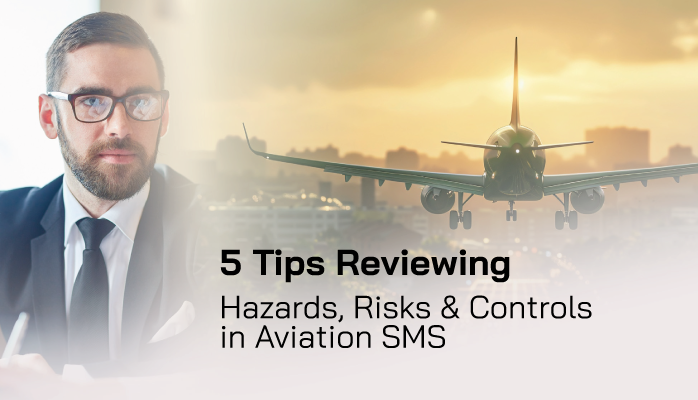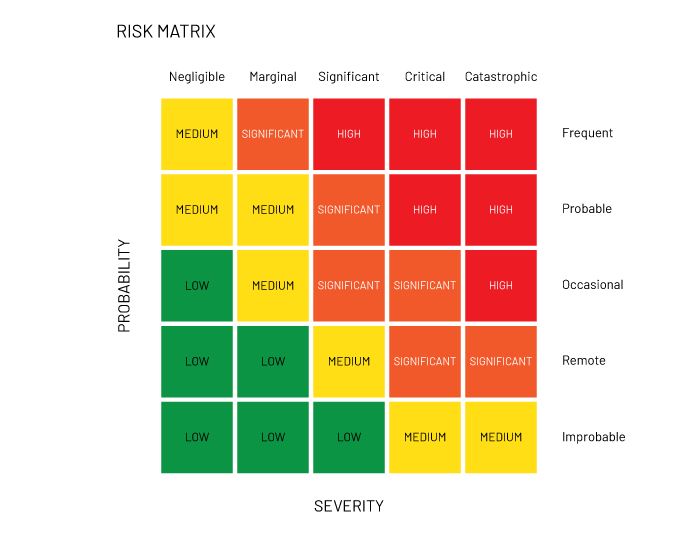The Need for a Proactive Safety Culture
Utility aviation, including power line inspections, wildfire monitoring, and infrastructure surveys, operates in high-risk environments where safety is paramount. The Federal Aviation Administration reports that 70% of utility aviation incidents stem from human factors, costing millions annually, according to the International Air Transport Association.
A proactive safety culture, where employees anticipate and address risks, is critical to prevent incidents and ensure compliance with ICAO Annex 19, FAA Part 5, Part 91, and Part 135. SMS Pro’s aviation SMS software, with its Part 5 Fulfillment modules, fosters this culture through anonymous reporting, comprehensive training, and real-time analytics, improving safety reporting by 40% in utility operations.













